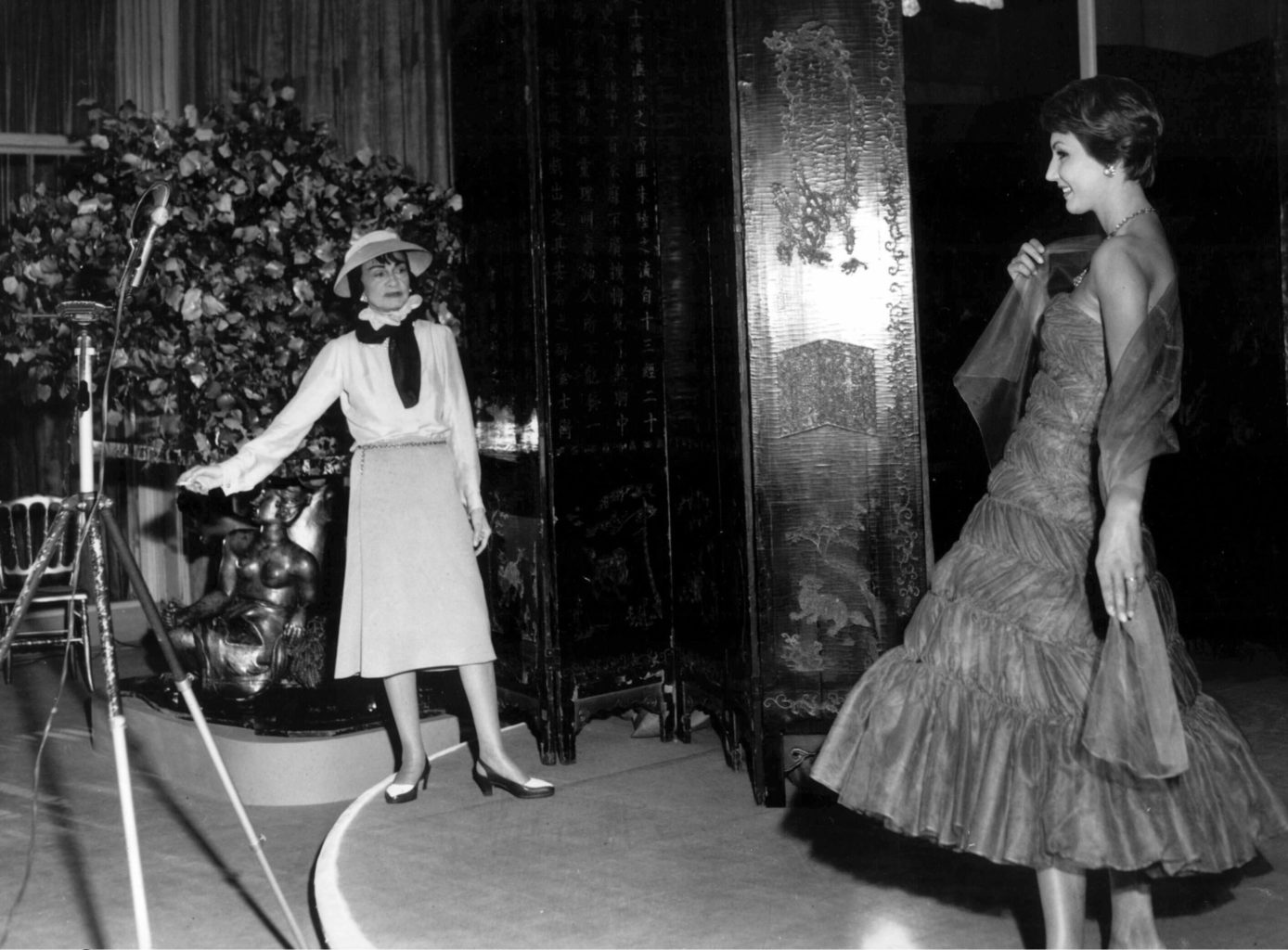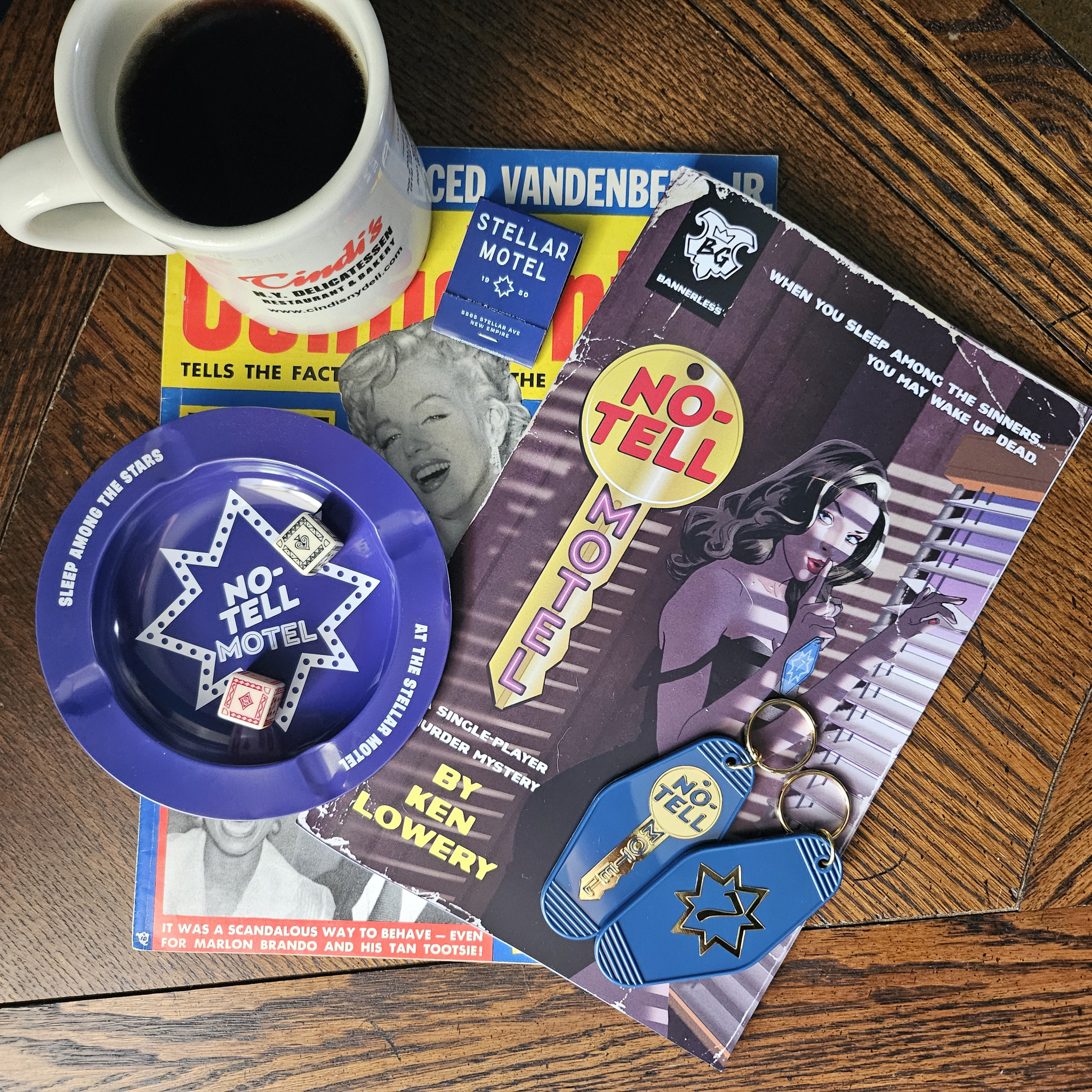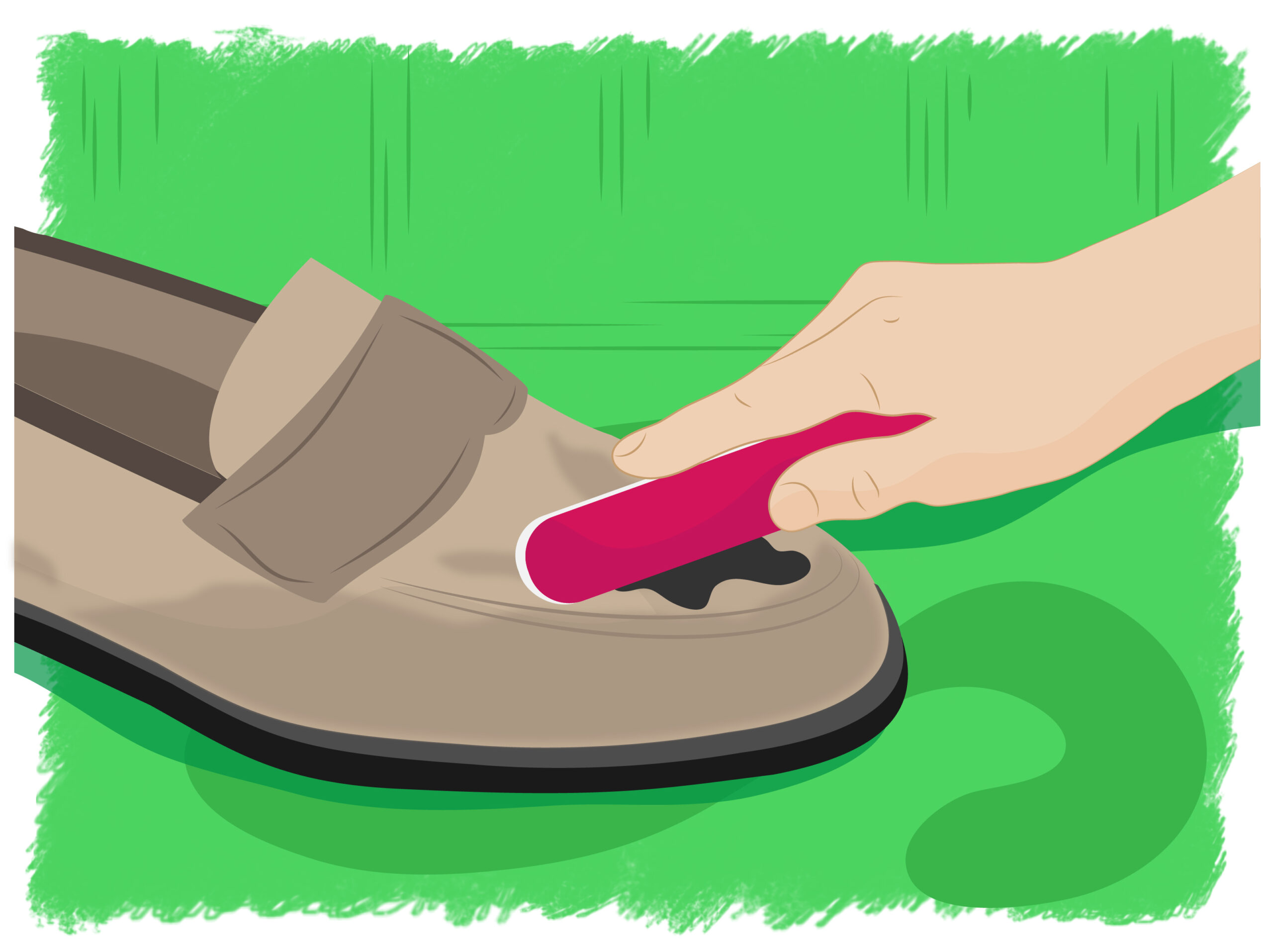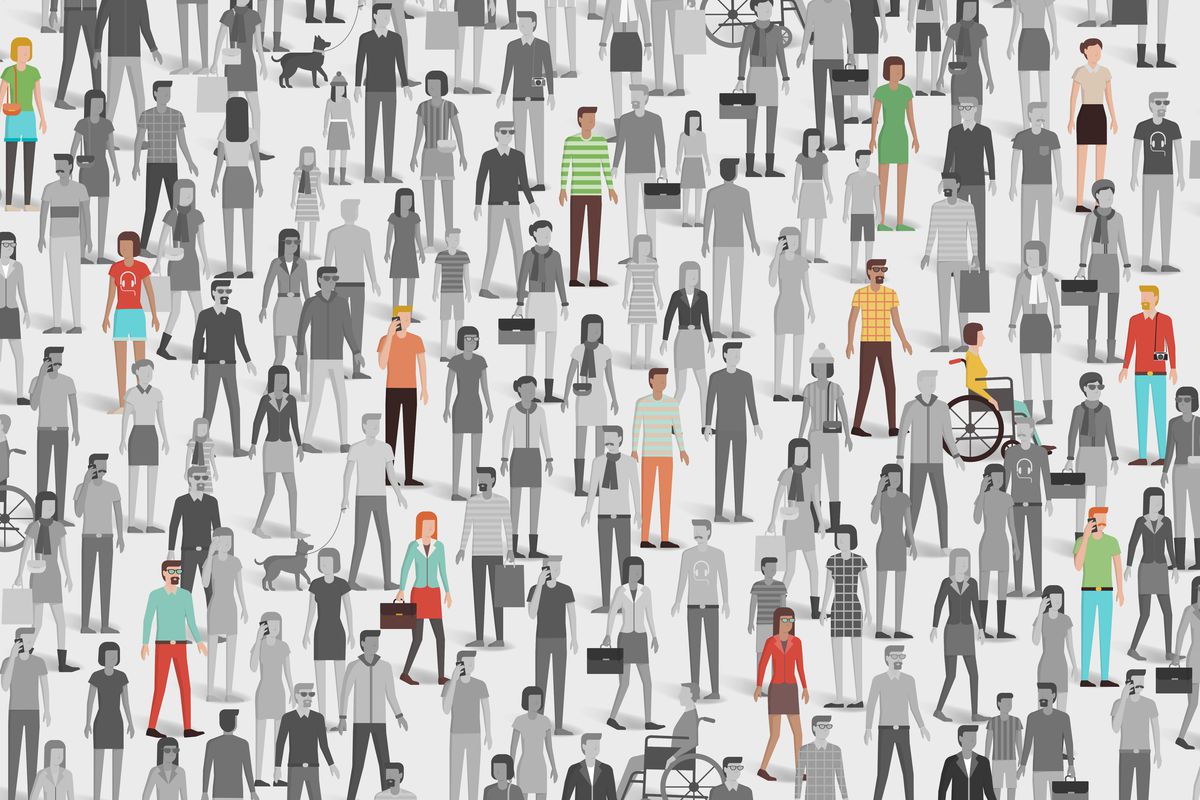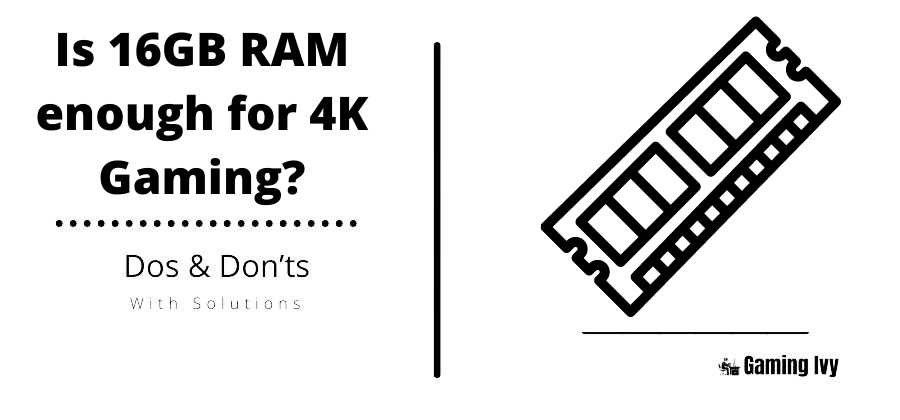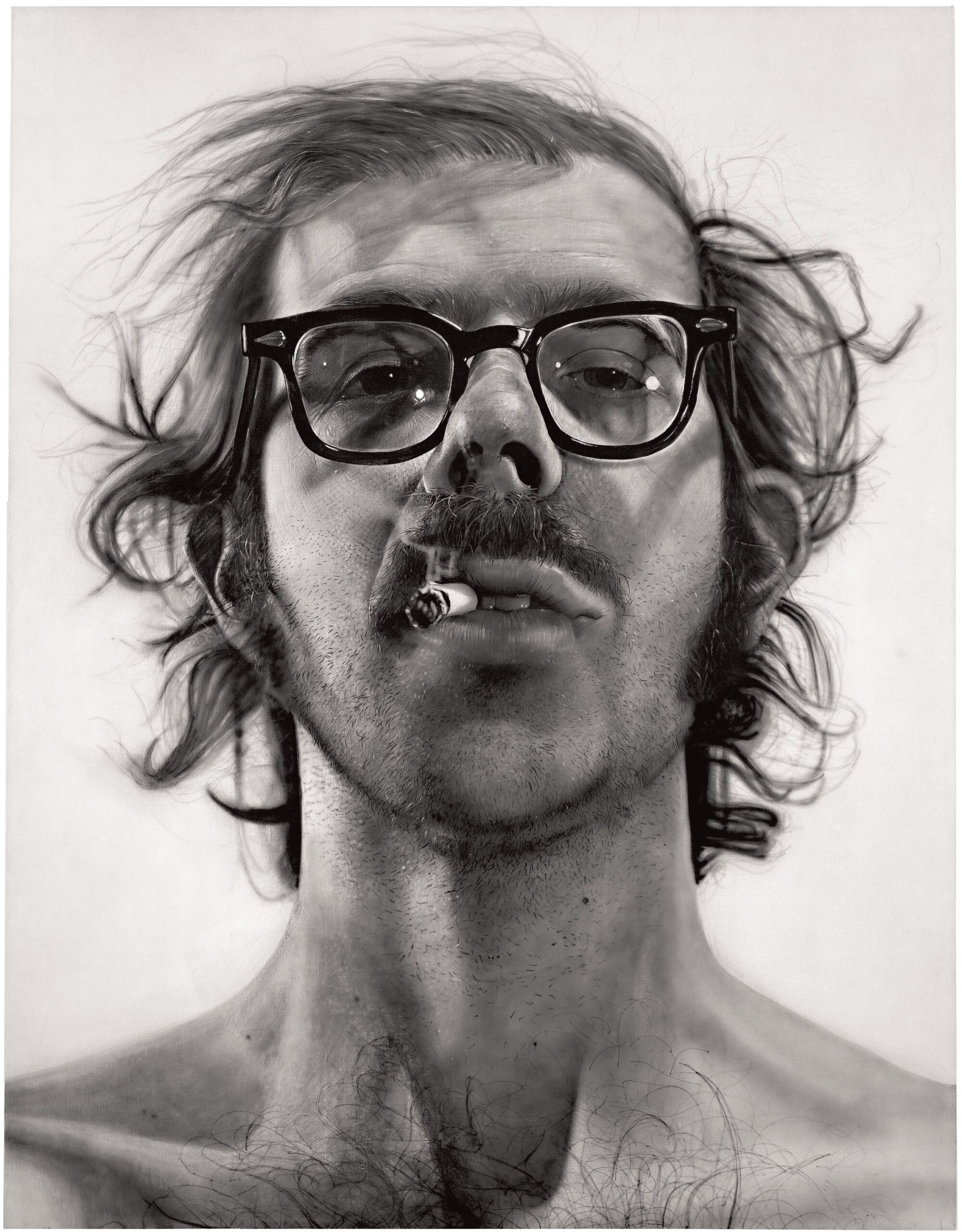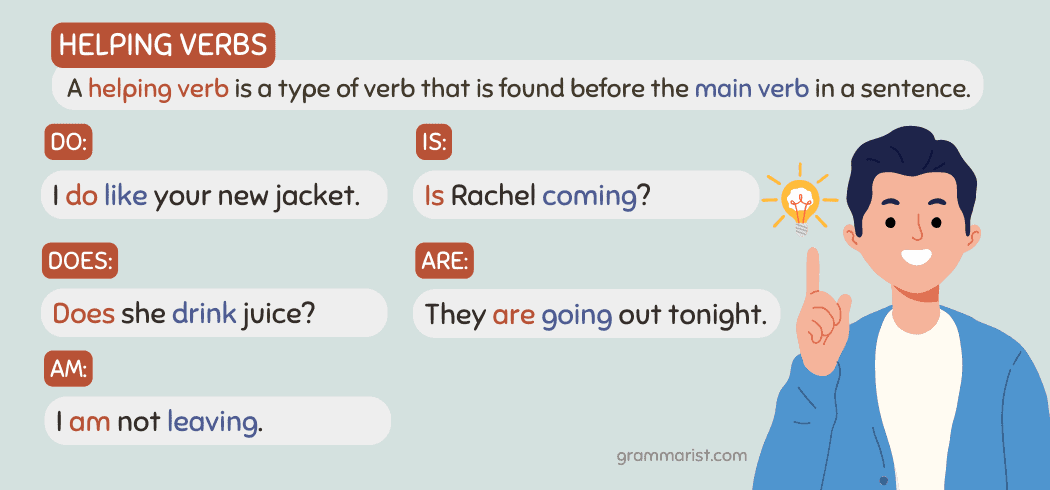Mastering Business Casual: Essential Guidance for Professional Style in 2025
Understanding Business Casual: The Modern Definition
Business casual is a widely adopted dress code that blends traditional business wear with a relaxed, yet professional style. The goal is to present a neat, put-together appearance that represents your company well, without the need for full suits or formal accessories. It occupies the middle ground between dressing up and dressing down, and is characterized by an upscale look that is both chic and understated [1] , [2] , [3] .
This dress code can change depending on your company, industry, role, and even geographical location. For example, a tech startup may have a more relaxed business casual standard than a law firm or a client-facing agency. In all cases, the aim is to feel comfortable while still looking polished and ready to work [1] .

Source: ecceconferences.org
What Counts as Business Casual Attire?
There is no universally fixed definition for business casual, but most organizations share some common expectations. Typical business casual pieces include:
- Slacks, dress pants, chinos, or khakis
- Knee-length skirts or dresses
- Button-down shirts, blouses, or polos
- Sweaters, cardigans, or blazers (optional, especially in cooler months)
- Closed-toed shoes, such as loafers, oxfords, pumps, flats, or boots
- Simple, professional accessories like belts, scarves, and jewelry
Items generally considered too casual for business casual include shorts, t-shirts, athletic wear, and clothing with rips or excessive logos. Some companies explicitly prohibit jeans, while others allow certain styles depending on their workplace culture [3] , [4] .
How to Dress Business Casual: Step-by-Step Guidance
Successfully dressing business casual requires attention to detail and an understanding of your specific workplace standards. Follow these steps for confidence and professionalism:
- Consult Your Company’s Dress Code: Start by reviewing your employer’s official guidelines if available. Many organizations provide dress code documentation or visual examples. If not, ask your manager or HR department for clarification.
- Observe Colleagues: Pay attention to what others in your workplace wear, especially those in similar roles. This helps you gauge the level of formality expected.
- Choose Versatile Pieces: Select clothing that is comfortable yet professional. Button-down shirts, blouses, and polos are safe choices. For bottoms, stick to slacks, chinos, or tailored skirts and dresses.
- Layer Thoughtfully: Cardigans and blazers are useful for adding polish and adjusting to varying office temperatures. Layering also helps you transition between meetings and casual workspaces.
- Opt for Neutral and Solid Colors: Patterns are acceptable, but solid colors and subtle prints tend to project professionalism. Avoid overly bright or distracting designs unless your workplace encourages creative expression.
- Accessorize Minimally: Simple jewelry, belts, and scarves can enhance your look without appearing flashy. Keep accessories understated and functional.
- Prioritize Cleanliness and Fit: Ensure your clothes are clean, pressed, and fit well. Tailoring can make even basic items look more polished.
- Err on the Side of Formality: If unsure, choose slightly more formal options. It’s easier to dress down during the day than to recover from an overly casual first impression [5] .
Can Jeans Be Considered Business Casual?
The question of whether jeans are acceptable in business casual attire is nuanced. Traditionally, jeans were excluded from business casual, but modern workplaces have relaxed this rule in many cases. The acceptability of jeans depends on several factors:
-
Company Policy:
Some organizations permit
dark, well-fitted jeans
without holes or distressing. Others maintain a strict “no jeans” policy. Always verify the rule for your specific workplace. - Industry Norms: Creative fields and tech companies are more likely to allow jeans, while client-facing industries (finance, law, consulting) often prohibit them.
- Style and Condition: If jeans are permitted, ensure they are dark, free of tears, and tailored. Avoid light washes, rips, and excessive embellishments [3] .
As a best practice, check with your supervisor or HR department if you are unsure. When jeans are allowed, pairing them with a blazer, button-down shirt, or blouse helps maintain a professional edge [5] .
Real-World Examples & Case Studies
Consider these scenarios to understand how business casual standards vary:
Case Study 1: Tech Startup Emily joins a software development firm where the dress code is business casual. She notices most colleagues wear dark jeans, polos, and sneakers. The HR department confirms jeans are acceptable as long as they are neat and professional. Emily opts for dark jeans, a blouse, and loafers, blending comfort with professionalism.
Case Study 2: Marketing Agency John interviews at an agency with client-facing roles. The dress code specifies business casual, but excludes jeans. John chooses chinos, a button-down shirt, and dress shoes for his first day, later confirming with HR that jeans are only allowed on designated casual Fridays.
Case Study 3: Hybrid Workplace Sophia works remotely most days but visits the office twice a week. Her company’s business casual standard allows jeans as long as they are paired with a blazer and dress shoes. Sophia keeps an extra cardigan and tailored pants at her desk for meetings with clients.
Challenges and Solutions in Business Casual Dressing
Challenge: Interpreting vague dress codes. Solution: If guidelines are unclear, observe senior colleagues or refer to employee handbooks. When in doubt, ask HR for clarification.
Challenge: Transitioning from a formal to a business casual environment. Solution: Gradually adapt your wardrobe by introducing versatile pieces like blazers, dress pants, and neutral sweaters. Seek feedback from colleagues or supervisors.
Challenge: Maintaining professionalism without sacrificing comfort. Solution: Choose breathable, easy-care fabrics and prioritize fit. Layering and accessorizing allow for adjustments throughout the day.
Alternative Approaches to Business Casual
Business casual is not a one-size-fits-all standard. Some organizations use variations such as “smart casual” or “dress for your day.” These alternatives may allow more flexibility, such as stylish sneakers or patterned shirts, while still expecting a polished look. Always confirm the expectations for your workplace before experimenting with these styles [1] .
Accessing Dress Code Resources and Guidance
If you are unsure about your company’s business casual policy or want additional guidance:
- Contact your HR department for official dress code documentation or visual guides.
- Review your company’s employee handbook for specific policies.
- Search for employee photos or testimonials on official company websites or LinkedIn to gauge typical office wear [5] .
- Consider feedback tools, such as Connecteam’s employee management app, which offers customizable communication tools for sharing guidelines and visuals with your team [1] .
If dress code guidelines are not provided, you may ask your manager for clarification or observe what others wear during your first days. Always err on the side of formality until you are confident about the accepted standards.
Key Takeaways for Dressing Business Casual
- Business casual blends professional and relaxed styles-opt for clean, well-fitting clothing that avoids extremes.
- Jeans may be permitted in some workplaces, but only if they are dark, neat, and free of holes; always confirm with your employer.
- If in doubt, consult HR or refer to your company’s official dress code documentation.
- Err on the side of formality when starting a new job or joining a new team.
- Adapt your wardrobe gradually and seek feedback to ensure you match your workplace’s standards.

Source: entrepreneur.com
References
- [1] Connecteam (2025). What Is a Business Casual Dress Code? Tips and Examples For 2025.
- [2] Forage (2022). What Does Business Casual Really Mean in 2025?
- [3] Indeed (2025). What Is Business Casual Attire? (With Examples and Tips).
- [4] TheStreet (2024). What is business casual attire?
- [5] MSU Career Network (2023). What Does Business Casual Really Mean in 2023?
MORE FROM savvysc.com
